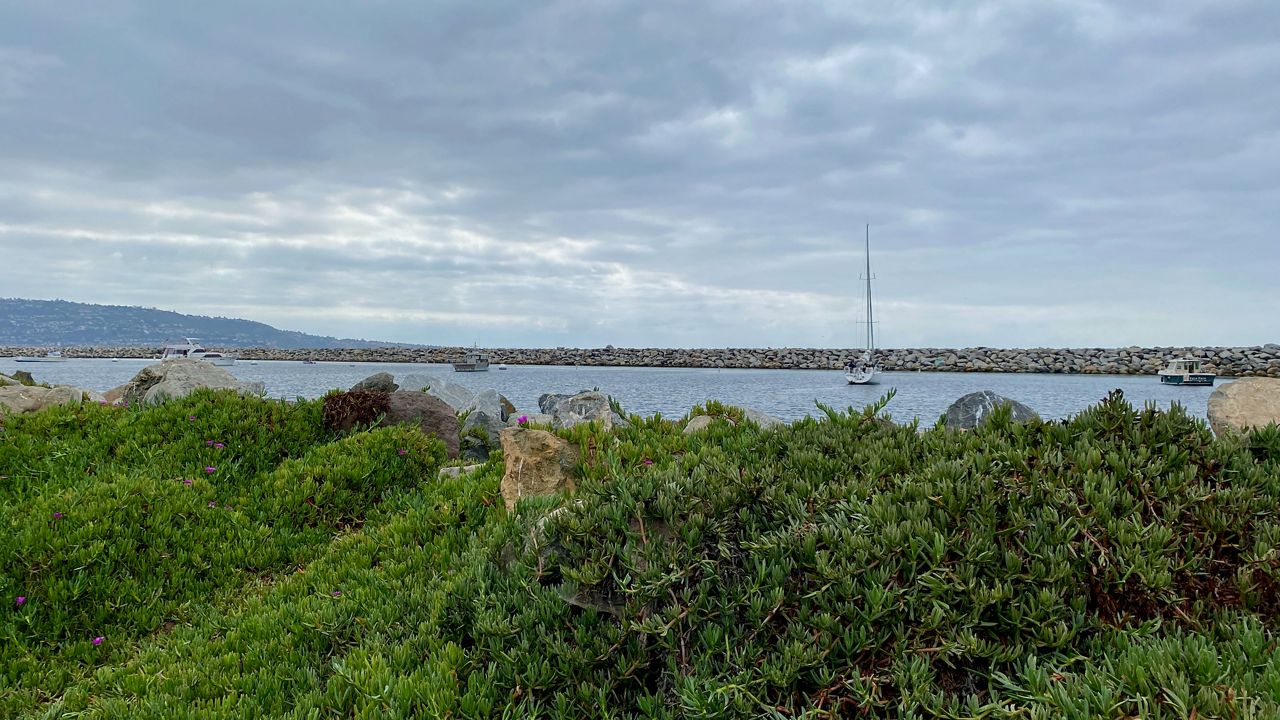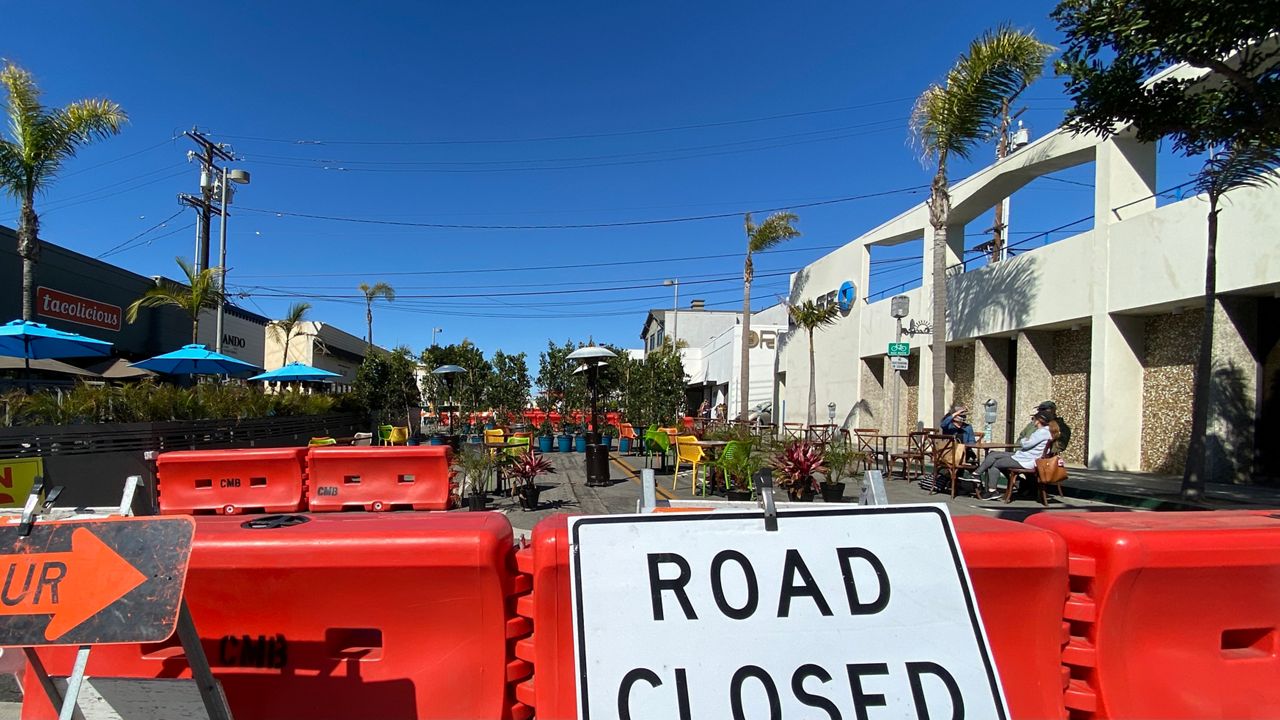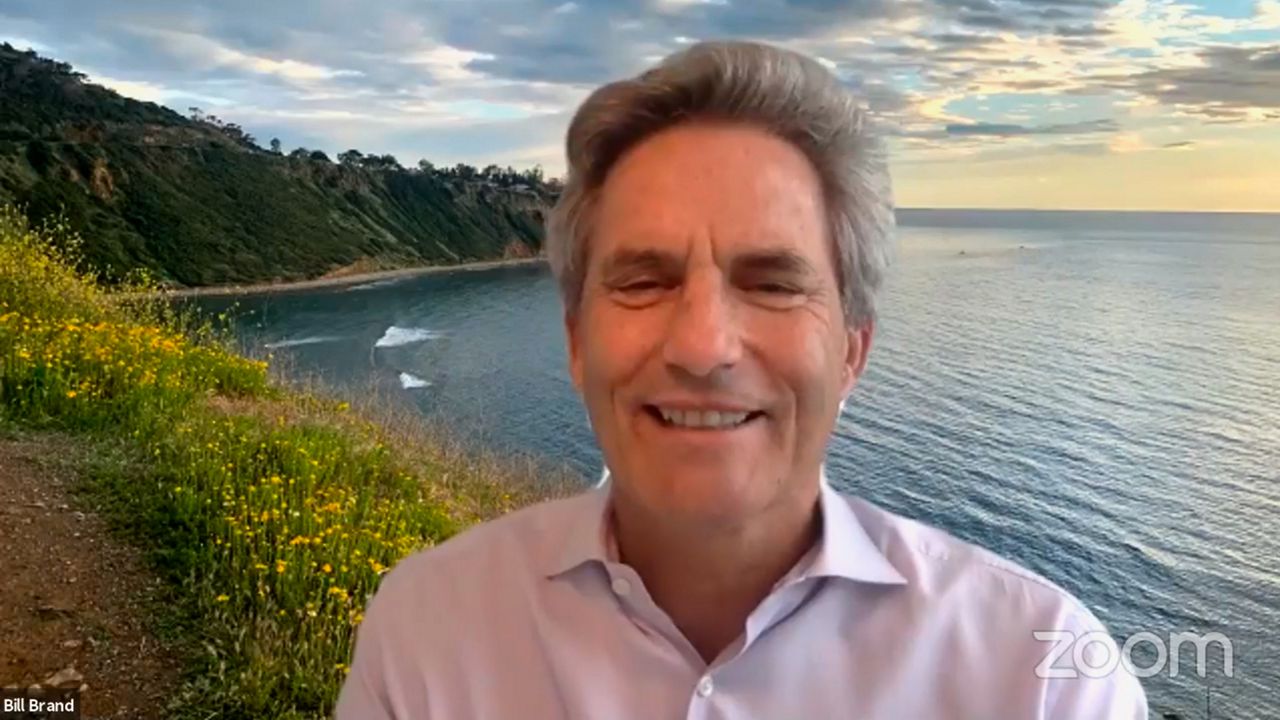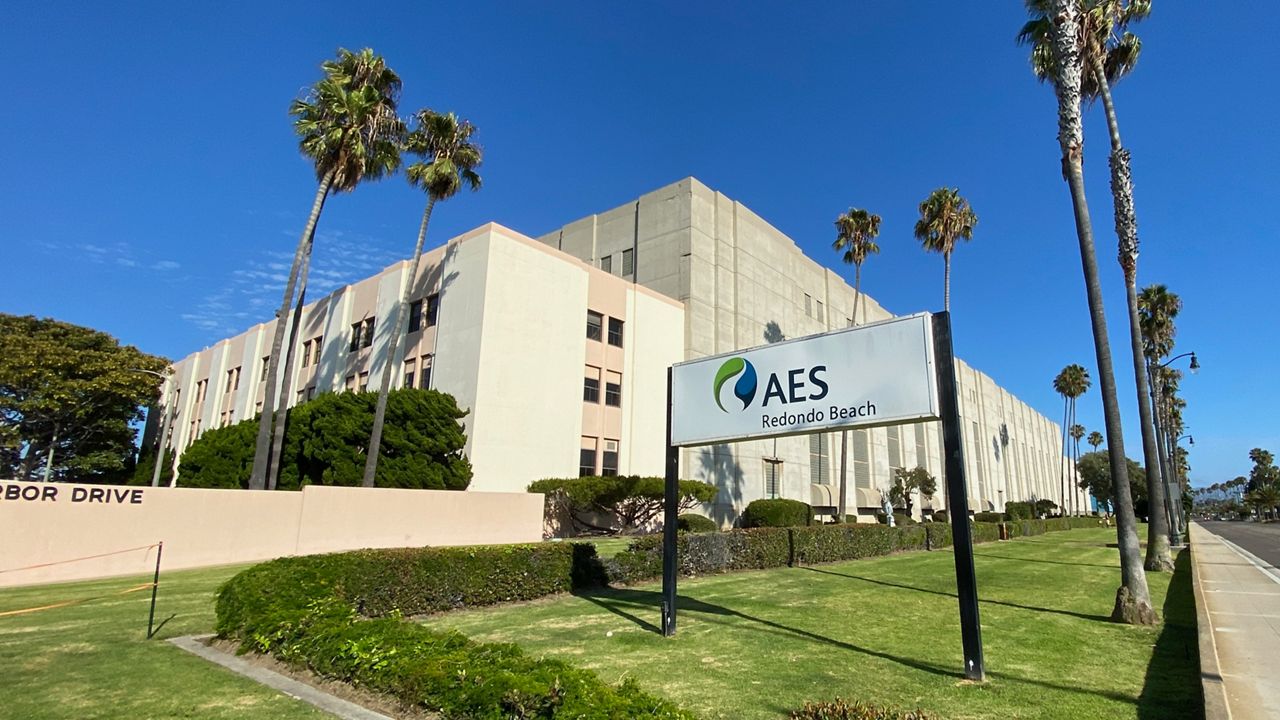REDONDO BEACH, Calif. — Redondo Beach has approved a tentative plan to build and maintain temporary transitional homeless housing. At its October 20 meeting, the Redondo Beach City Council chose two potential locations—one near the South Bay Galleria, the other in the city’s King Harbor—to build the city’s first temporary housing for people experiencing homelessness.
The 13-month housing pilot program would build 15 individual micro-homes in Redondo and become the only shelter in the South Bay region between the coast and San Pedro. The October 20 meeting was the second time the city discussed constructing temporary shelters; the city moved quickly after its first discussion on September 15.
“The homeless problem is not going to go away. In fact, it’s getting worse,” Redondo Beach Mayor Bill Brand said. “We’ve been taking the approach to help people and to enforce our rules and regulations and keep our city clean and safe, and our parks free for the residents to use. There’s no magic bullet, unfortunately.”
The two selected locations wouldn’t operate at the same time, but consecutively, in a plan to “share the load” between the city’s regions. The northern site, along Kingsdale Avenue, would host the shelters first for six months.The shelters would then be moved to Moonstone Park, a spot of green space tucked near the north end of the city’s harbor.
Redondo has committed up to $300,000 of federal Community Development Block Grant funds for operating costs. The city is also getting assistance from Los Angeles County, with the help of County Supervisor Janice Hahn. On October 13, the L.A. County Board of Supervisors committed $420,000 in federal coronavirus relief funding, as well as another $409,000 in funding from Hahn’s Fourth Supervisorial District budget.
“We have not had enough shelters in the South Bay and that has been a real problem. A shelter means more than putting a roof over someone’s head. It is our best tool to stabilize a person, get them the care they need, and get them on the road to permanent housing,” Hahn said. “This is good news for Redondo Beach, and I am more than happy to help.”
There is a wrinkle: the cost of moving the shelters from one location to another is estimated to overrun the tapped funding by $74,000. Brand indicated that if the project begins to exceed its budget, Redondo might be forced to end the project early.
The city jumped toward establishing temporary housing not long after attending a presentation by Pallet, a “social purpose” company that builds small temporary shelters. Their shelters are small—about 100 square feet—but feature solid roofs, walls, and locking doors.
Establishing shelters would allow Redondo to enforce the city’s laws against camping outside. In 2018, the Ninth District Court of Appeals ruled in Martin v. Boise that cities can’t enforce laws against sleeping outside if there are no shelters available for use.
"Spreading the love"
The problem with placing shelters in Redondo Beach is that there is very little city-controlled space available for even temporary development, and even less that isn’t immediately next to homes.
The city initially considered a site in North Redondo, at an empty lot between an industrial park and the city’s Aviation Park. Resident outcry, and the reopening of the popular park, stopped that idea.
Redondo staff then identified four other potential locations: the Kingsdale site; Moonstone Park; the Seaside Lagoon park; and a lot on Gertruda Avenue that was quickly eliminated for being too small. The Seaside Lagoon and Moonstone Park sites were then ruled out by South Redondo council members for their location on the city’s waterfront.
Seaside Lagoon is in the heart of the harbor and a popular event space year-round. Moonstone Park is immediately adjacent to King Harbor Marina, which is used by weekend boaters and liveaboards alike. The park itself is secluded; the only vehicle access is behind a traffic gate to the marina. It’s used mostly by outrigger canoe clubs and as a viewing spot during annual fireworks shows and boat parades.
Council Members Todd Loewenstein and Nils Nerhenheim moved to make the Kingsdale site, an empty lot southeast of the South Bay Galleria, the only location for the shelters. The vote began, winning a 3-2 majority of the council. But since the project would involve a budget modification, a 4-1 majority was needed. The city’s northern council members protested, saying the south was passing the burden.
“I had a meeting, which there were 94 people at, and the number one thing they kept saying was that the north is going to get stuck with this,” Council Member Laura Emdee said. During that meeting, a South Redondo resident told Emdee’s constituents that they ”need to start pitching in,” which enraged the crowd.
“Honestly, if she hadn’t done that…I wouldn’t have had a problem going with Kingsdale,” Emdee said.
"I find this to be a big failure, Mayor Brand. I want to get something done," Nehrenheim said. He began loudly detailing the problems his South Redondo residents face with homelessness: homes being broken into, human waste in alleyways, RVs parked throughout the district, before speaking directly to Emdee. “When you say 'spread the love,' oh, we've got plenty of love to spread."
That set Emdee off.
“The arrogance of what you’re saying right now! … The fact that you think you’re the only one with excrement in your yards, the fact that you think you’re the only one with RVs, the fact that you think you’re the only one with people sleeping in your businesses and parking lots…it’s mind-blowing to me,” Emdee retorted. More yelling and crosstalk ensued before Brand calmed the two.
When asked by Nehrenheim what it would take for a compromise, Emdee said that she wanted South Redondo to “share some of the load.” The two of them then set up the arrangement: the shelter program would run for six months at Kingsdale, followed by six months at Moonstone. But if the project is found infeasible after that first phase, the city will cancel it.
The remaining three council members agreed to the compromise, though all held some degree of apprehension. Emdee made the motion, which was supported by Nehrenheim. The vote that followed was unanimous.
“Look at that. We’ll just put you guys in a room to fight it out, then let us know what you’re going to do,” Brand said.
The plan will be studied by staff, then return to the Redondo Beach City Council for final approval.









